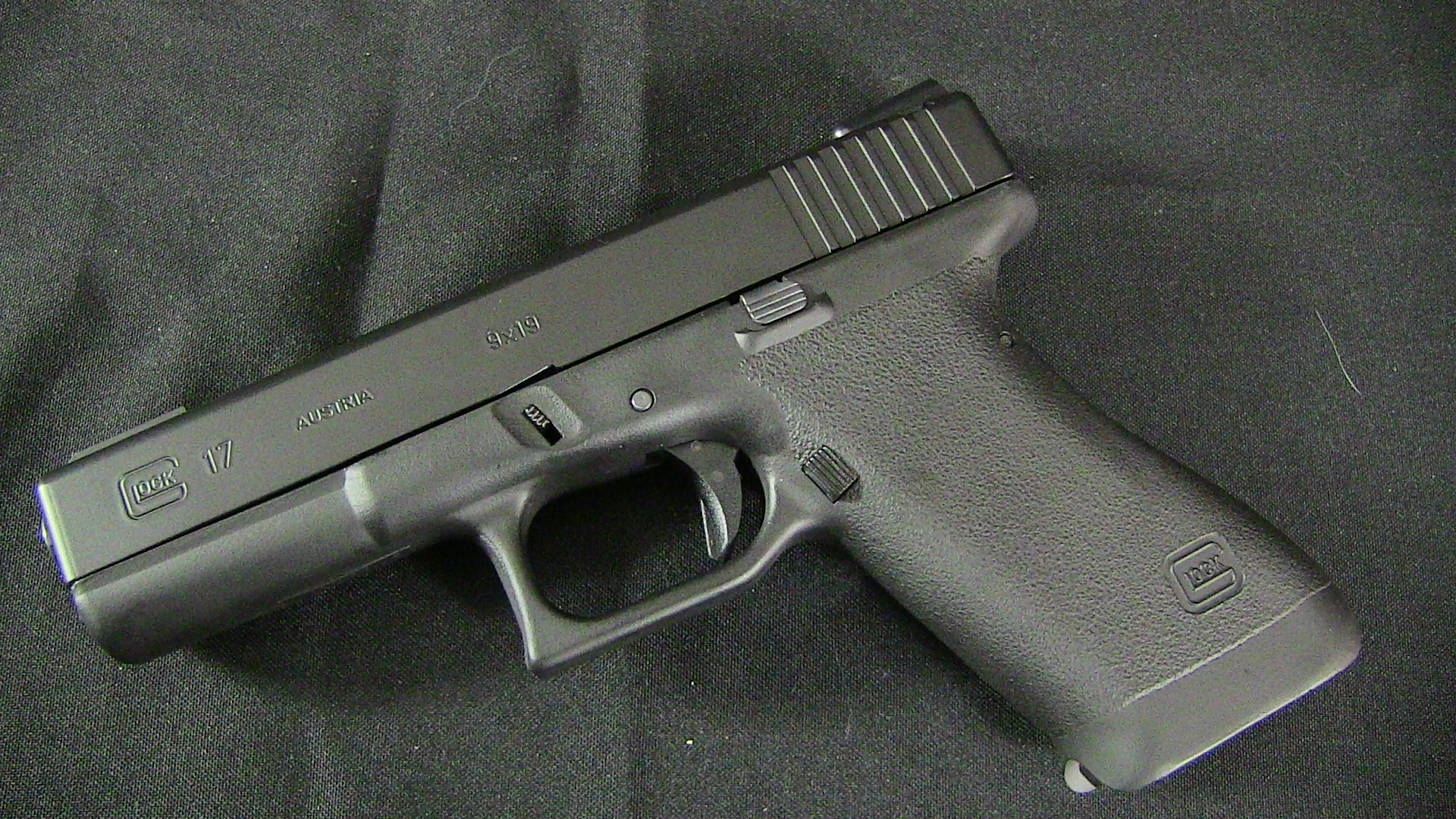Glock Tenifer Finish - Over the years, the Glock 19 pistol has undergone many changes. There have been four separate editions of the Glock 19, such as the Glock 19 Gen 4, the latest of which was introduced in mid-2010. Glock fans have long used the term "generations" for the release. Describe these different types of Glock pistols. With the release of the fourth generation of Glock 19s, the company recognized this term as an important part of Glock's heritage and chose to introduce the term 'Gen 4' to their new range of firearms.
The Glock 19 hasn't changed much since its introduction in 1988 - although many people change the look of their Glock with accessories or modifications. It is still made of nylon-based polymer-2 and steel, although it retains the same basic structure and remains one of the most popular guns in the world. However, there are differences between releases and one way to tell them apart is to examine the finish of the Glock 19. Different finishes were used on the slide and barrel of the gun at different times.
Glock Tenifer Finish

Guns may not affect the performance of the gun - at least not in a conventional way - but they do change the way the gun looks. For others, it makes a difference. This is one aspect of gun ownership that not everyone agrees on. For some, it's not just about the functionality of the weapon, but also about the look. For some, a gun is just a weapon, meant to do a job. They prefer to use one. According to him, as long as the gun is doing its job and firing when it shouldn't - performance seems to take a back seat. In general, as long as the gun is properly stored, its finish will not be seriously affected; It really doesn't affect performance in any way.
No More Tenifer On Glocks ?
Many confuse gun metal treatment with gun finish. These are two different words. Another treatment is, for example, Tenifer. According to many, Tenifer is not Finnish. Basically, it's a heat treatment that goes into the gun metal and hardens the metal and protects it from damage, heat and wear. Tenifer works up to a certain water depth. Treatment is used before termination. Gun finishing is exactly what it sounds like - the final process that a gun goes through and ends the manufacturing process.
As for the Glock 19, it has always been treated with Tenifer - until 2011, when Glock USA switched to another heat treatment called Melonite. This was done after the EPA raised concerns about the chemicals used in the Tenifer process. In fact, Tenifer and Melonite are the same thing, although there are some users who point out that there is a big difference.
Once the correct treatment has been applied, a finish (or coat) can be added. In the case of the Glock 19, the original Gen 1 and Gen 2 were completed with the Parkerizing process. Parkerizing is otherwise known as "phosphate conversion coating" and its primary purpose is to provide greater protection against corrosion and wear. Parkerizing is done on rough surfaces and has a matte finish. Other examples of the latter are black oxide, cold blueing and hot blueing. These are alternative packaging methods, and while they offer some advantages in terms of appearance, they are not very different in terms of functionality.
The original finish of the first generation Glock 19, introduced in 1988, was a hard, matte, gray finish. The second generation, which was introduced in 1988, had a similar fate. The Glock 19 Gen 1 was a temporary handgun and many of them are no longer available. They are considered a collector's item. Most of those who claim to be Gen 1 owners are proud Gen 2 owners.
My Old Man Has A Salty Gen 2 17. I Love The Patina On It!
The generation that introduced a completely new finish is Gen 3, which was released in 1998. The finish of Gen 3 reminds us of Black Teflon. It's lighter and smoother than previous models, and some users say that because of this, it's a harder gun to handle. The debate about the end of Gen 3 is long-standing and continues in various forums.
With the Gen 4, Glock decided to go back to a finish that is very similar to the old, non-gloss finish, like the Parker. Since then, Glock has been using the new Gen 4 finish for the recently introduced Gen 3.
The finish is given not only to the slide but also to the barrel. Sometimes the results are the same, and sometimes they are different. In any case, the finish of the barrel is always elegant. The finish of the barrel wears off with time and use and does not need further refinishing. Lubricating and maintaining the gun keeps internal parts from rusting or breaking. That is why the slide can be improved, but it is better to avoid doing that with the barrel. Even after the exterior of the barrel is finished, the tenifer treatment keeps the steel in top condition and in perfect condition.

Regardless of the finish, everyone agrees that the Glock 19 series beats. Glocks of all makes and generations are sold and used regularly around the world. It is not surprising. When Glock introduced the Model 17 in the early 80s, it was considered a masterpiece. Since then, changes have been made and improvements have been implemented, but Glock's claim to fame still stands despite the 17 vs 19 debate. Glock's Model 19 is a handgun that accurate, reliable, durable that is easy to handle, operate and maintain. From seasoned professionals to first-time shooters - the Glock is a handgun for everyone.
Customizing A Glock Pistol: Best Practices
Tenifer finish, tenifer coating, tenifer qpq treatment, tenifer sea, tenifer treatment, glock exo finish, tenifer qpq, tenifer vs cerakote, finish, tenifer vs melonite, tenifer, tenifer process
0 Comments